PICTURES: Snow, ice and floods - the brutal winter of 1947
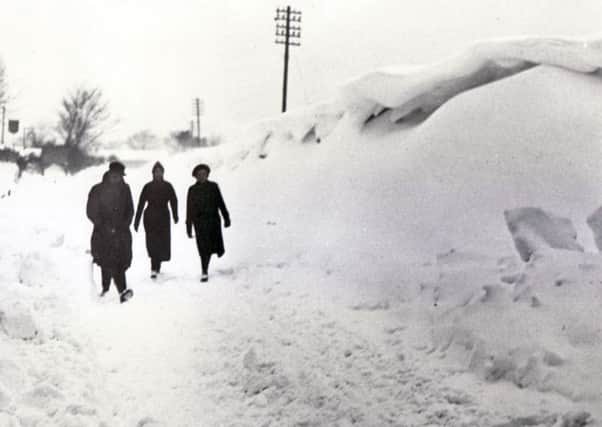

The coldest winter in three centuries brought the country to a standstill for months as Britain shivered in an icy grip that hadn’t been matched since.
Snow and ice blanketed swathes of the country for more than two months and record falls were reported up and down the country.
Advertisement
Hide AdAdvertisement
Hide AdThe big freeze caused severe hardships in terms of the economy and living conditions and also gave the Conservative Party leverage to attack the Labour Party in power.
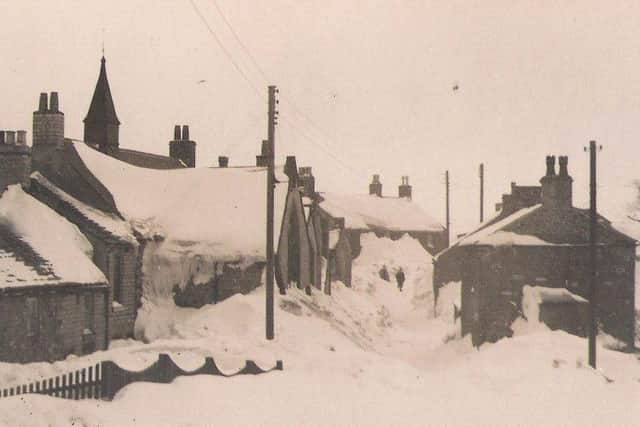

There were massive disruptions of the energy supply for homes, offices and factories. Animal herds froze or starved to death. No-one could keep warm, and many businesses shut down temporarily.
And then when warm weather returned, the ice thawed and flooding was severe in most low-lying areas.
Beginning on January 21, 1947, the UK experienced several cold spells that brought large drifts of snow to the country, blocking roads and railways.
Advertisement
Hide AdIt was harder and harder to bring coal to power stations and many had to shut down, forcing severe restrictions to power consumption, including restricting domestic electricity to 19 hours per day and cutting industrial supplies completely.
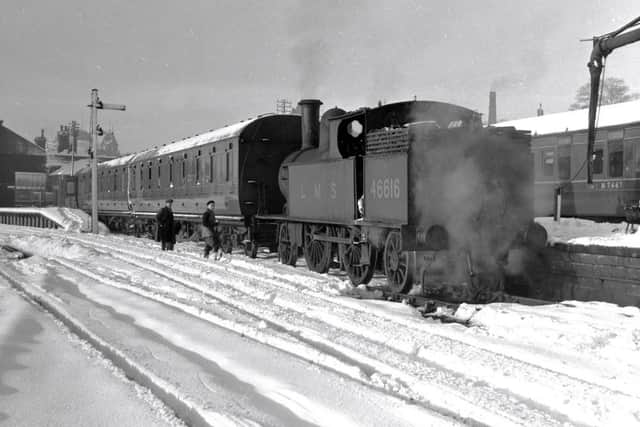

Advertisement
Hide AdIn addition, radio broadcasts were limited, television services were suspended, some magazines were ordered to stop being published and newspapers were cut in size.
These measures badly affected public morale and turned the Minister of Fuel and Power, Manny Shinwell, into a scapegoat; he received death threats and had to be placed under police guard.
Towards the end of February there were also fears of a food shortage as supplies were cut off and vegetables were frozen into the ground.
Advertisement
Hide AdMid-March brought warmer air to the country which thawed the snow lying on the ground.
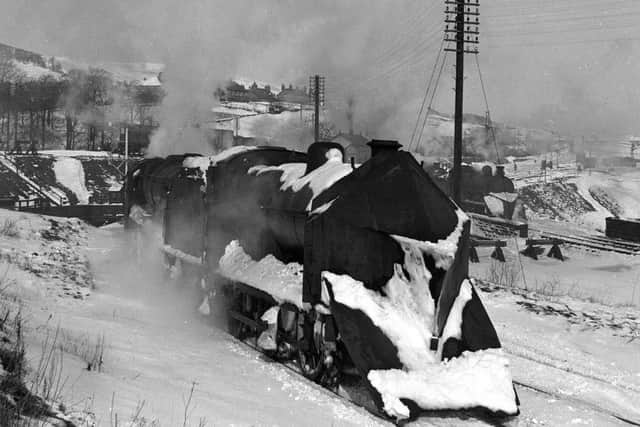

This snow melt ran off the frozen ground straight into rivers and caused widespread flooding.
Advertisement
Hide AdMore than 100,000 properties were affected and the British Army and foreign aid agencies were forced to provide humanitarian aid.
With the cold weather over and the ground thawing there were no further weather problems.
Advertisement
Hide AdThe winter had severe effects on British industries, causing the loss of around ten per cent of the year’s industrial production, ten to 20 per cent of cereal and potato crops and a quarter of sheep stocks.
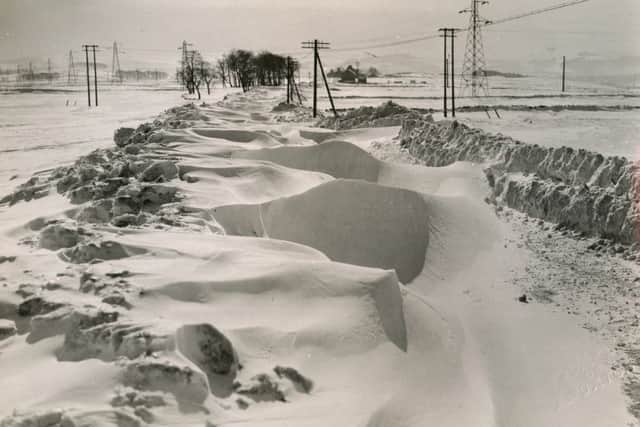

The ruling Labour Party began to lose popularity, which led to them losing many seats to the Conservative Party in the 1950 election.
That winter is also cited as a factor in the devaluation of the pound from $4.03 to $2.80, Britain’s decline from superpower status and the introduction of the Marshall Plan to aid war-torn Europe.
Advertisement
Hide AdThe effects on the rest of Europe were also severe, with 150 deaths from cold and famine in Berlin, civil disorder in the Netherlands and business closures in the Republic of Ireland.
Advertisement
Hide AdThe main cause of the cold weather was an anti-cyclone which sat over Scandinavia from January 20. This high-pressure area blocked the progression of depressions across the Atlantic Ocean and forced them to the south of the UK, resulting in strong easterly winds which brought snow to southern England before progressing across the entire country. Throughout January the highest recorded temperature in England and Wales was 14 °C (57 °F) and the minimum was -21 °C (-6 °F).